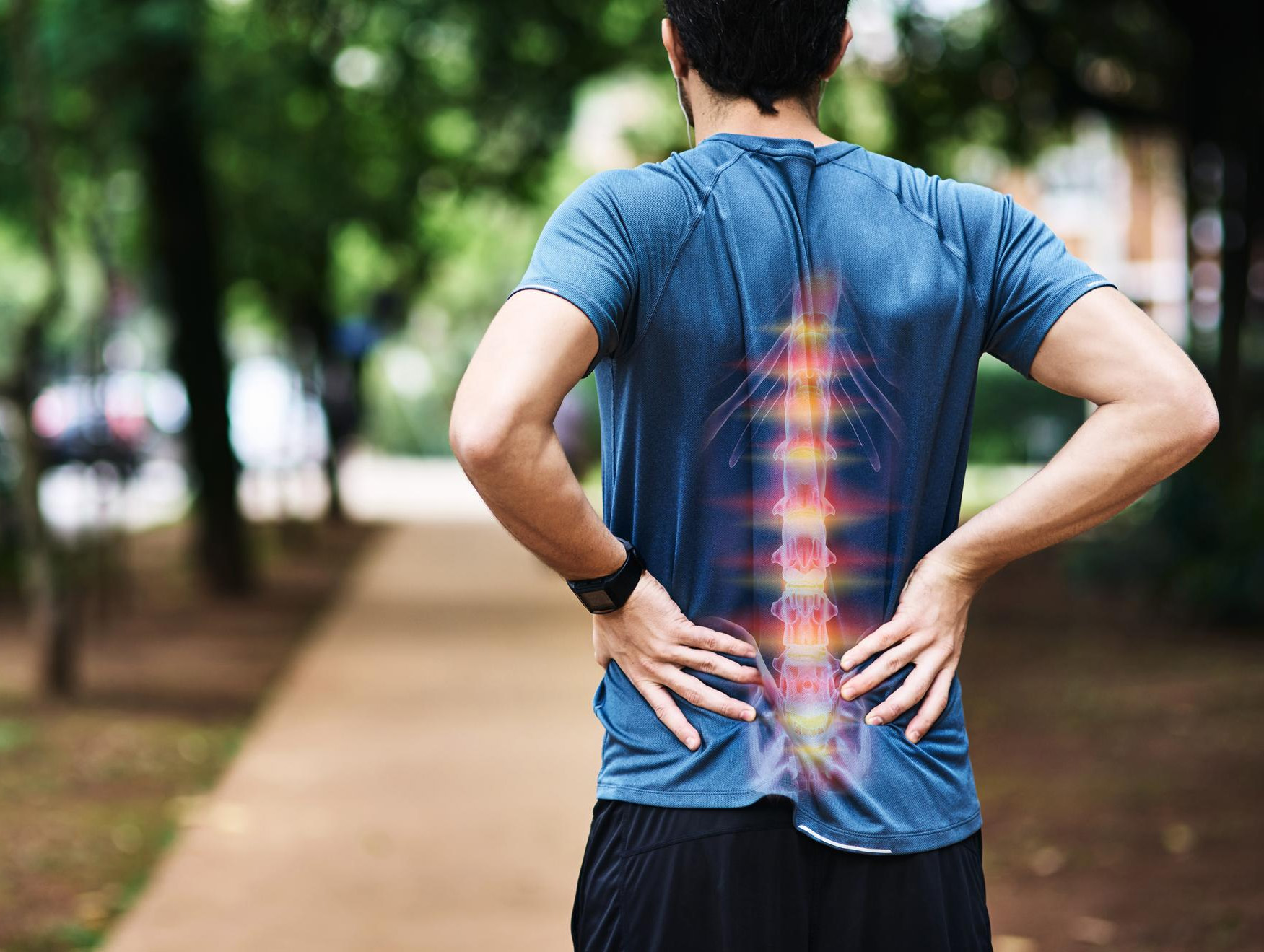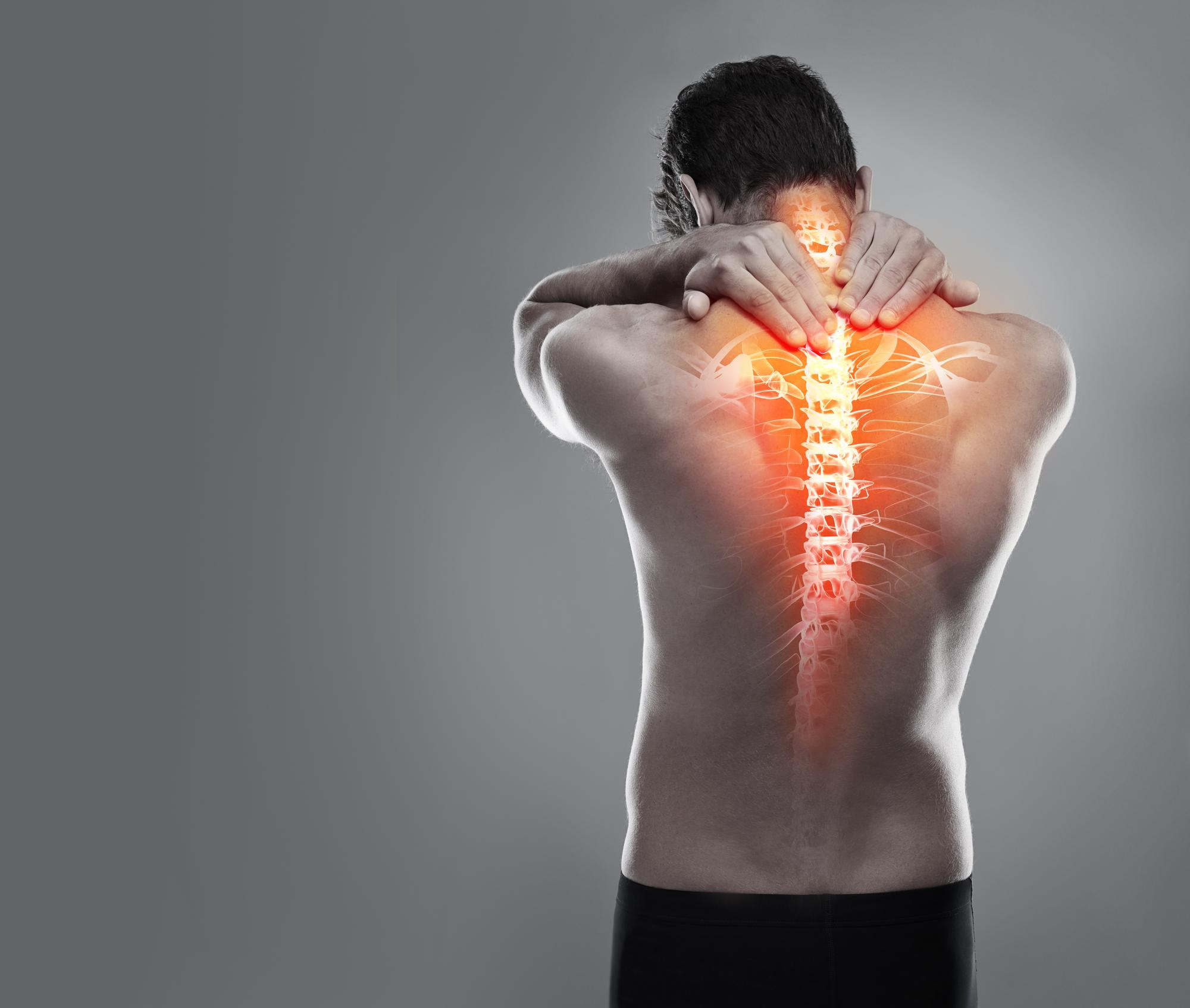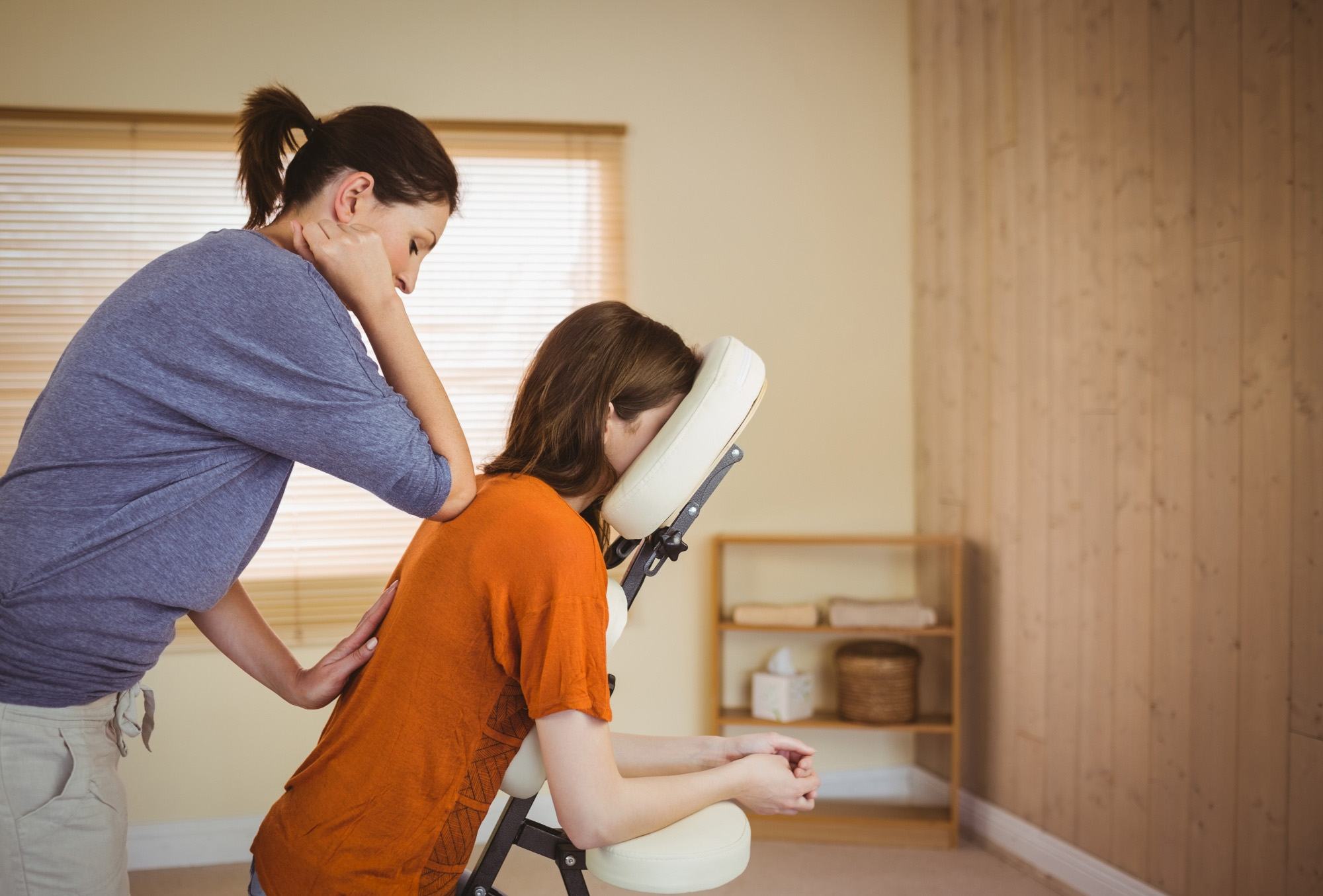Services

Symptoms


Consultation with our orthopedic specialist – We will evaluate your condition, do radiographic studies to help determine your diagnosis, help you set short-term and long-term goals, advise you on available treatments that may be used to better suit your needs, and monitor your progress moving forward.
You can also try Physiotherapy sessions with our physiotherapists – we often get to deal with these disorders, and our staff have well-rounded knowledge to detection and treatment. Physiotherapy can help you do exercises and teach you stretches to do before and after exercises to enable your body to function at its full potential.
Our Sports Masseur can help you loosen up these contractions and then later on, condition your body to be back to its pre-injury state making it ready for physiotherapy stretches and proper exercises.


